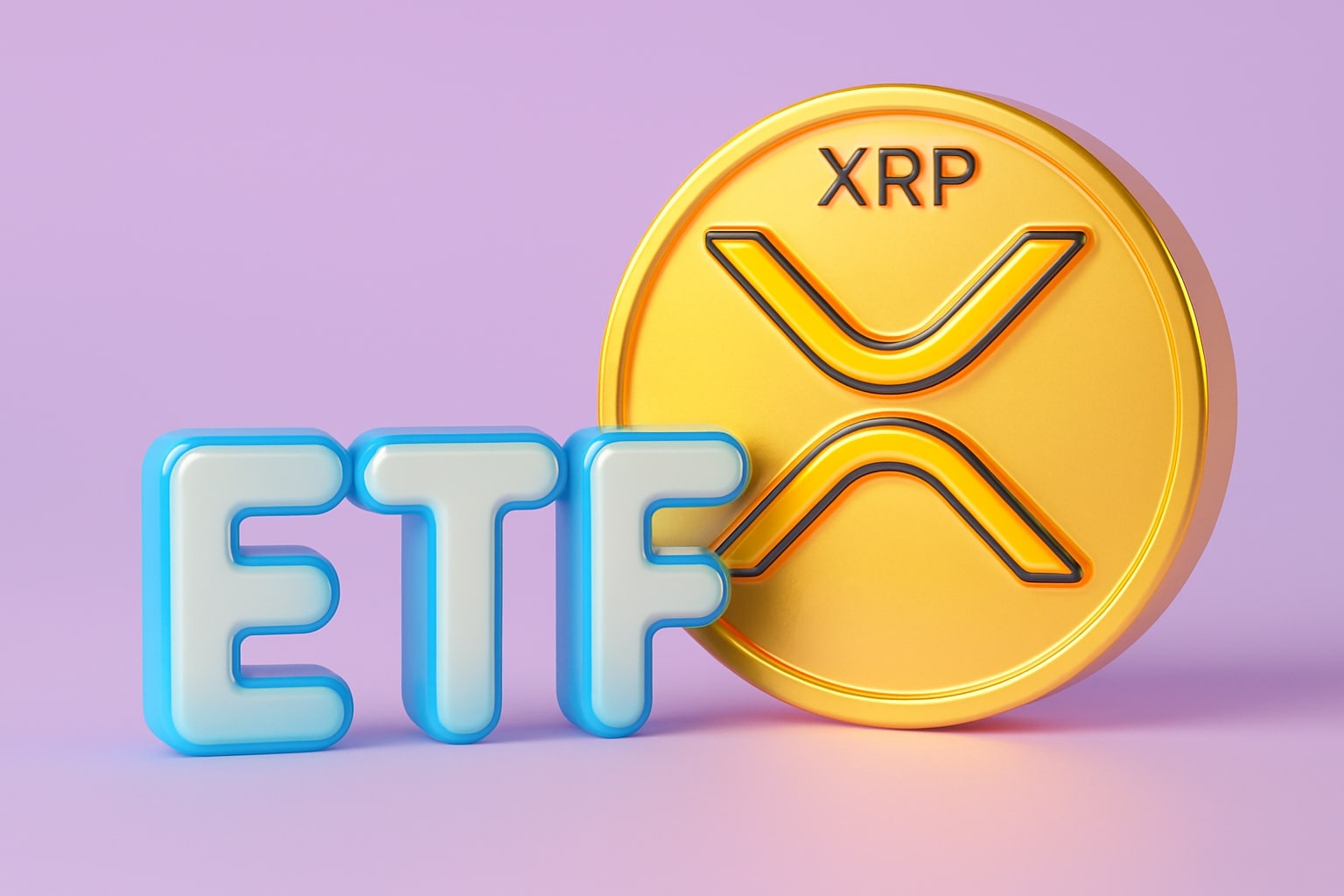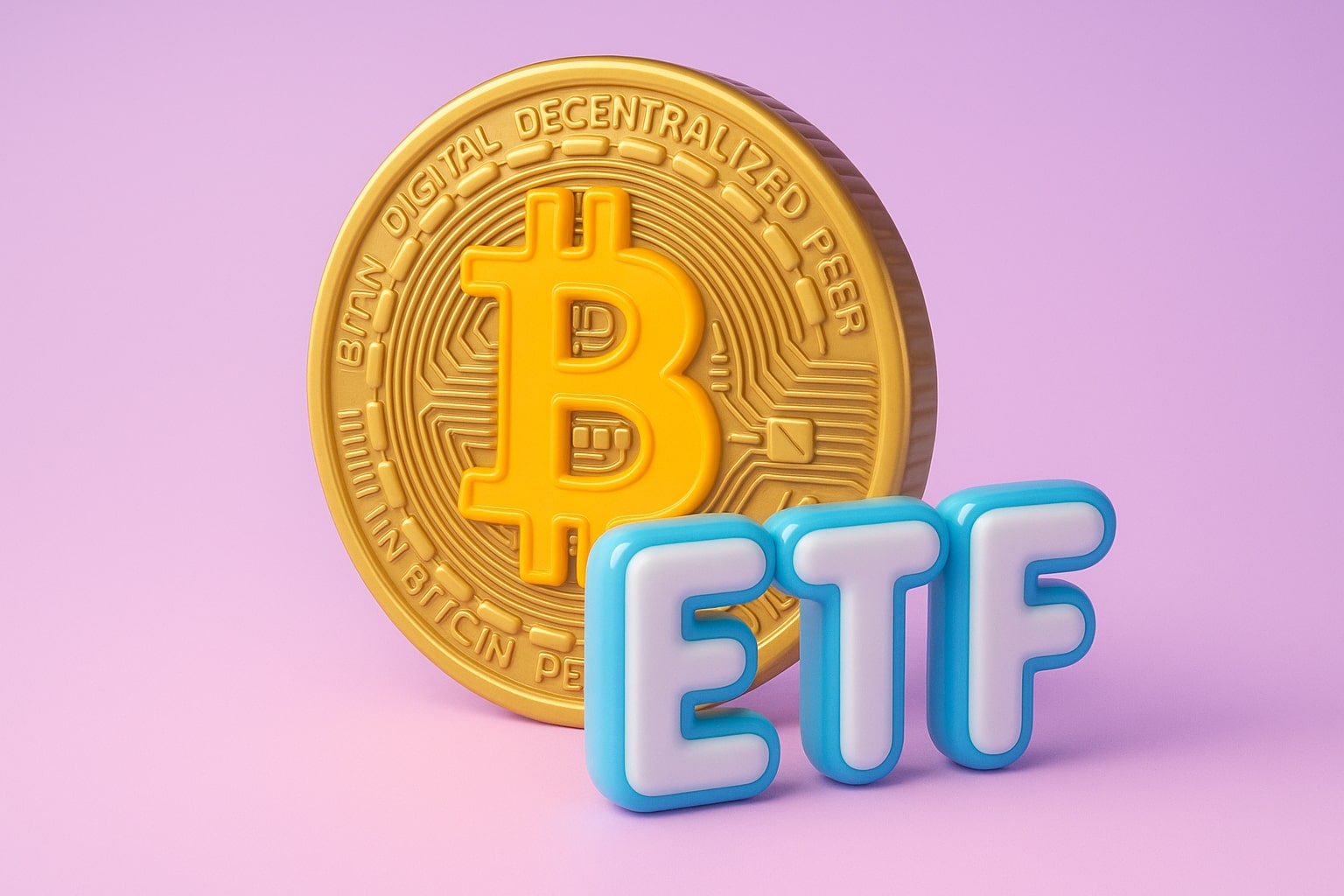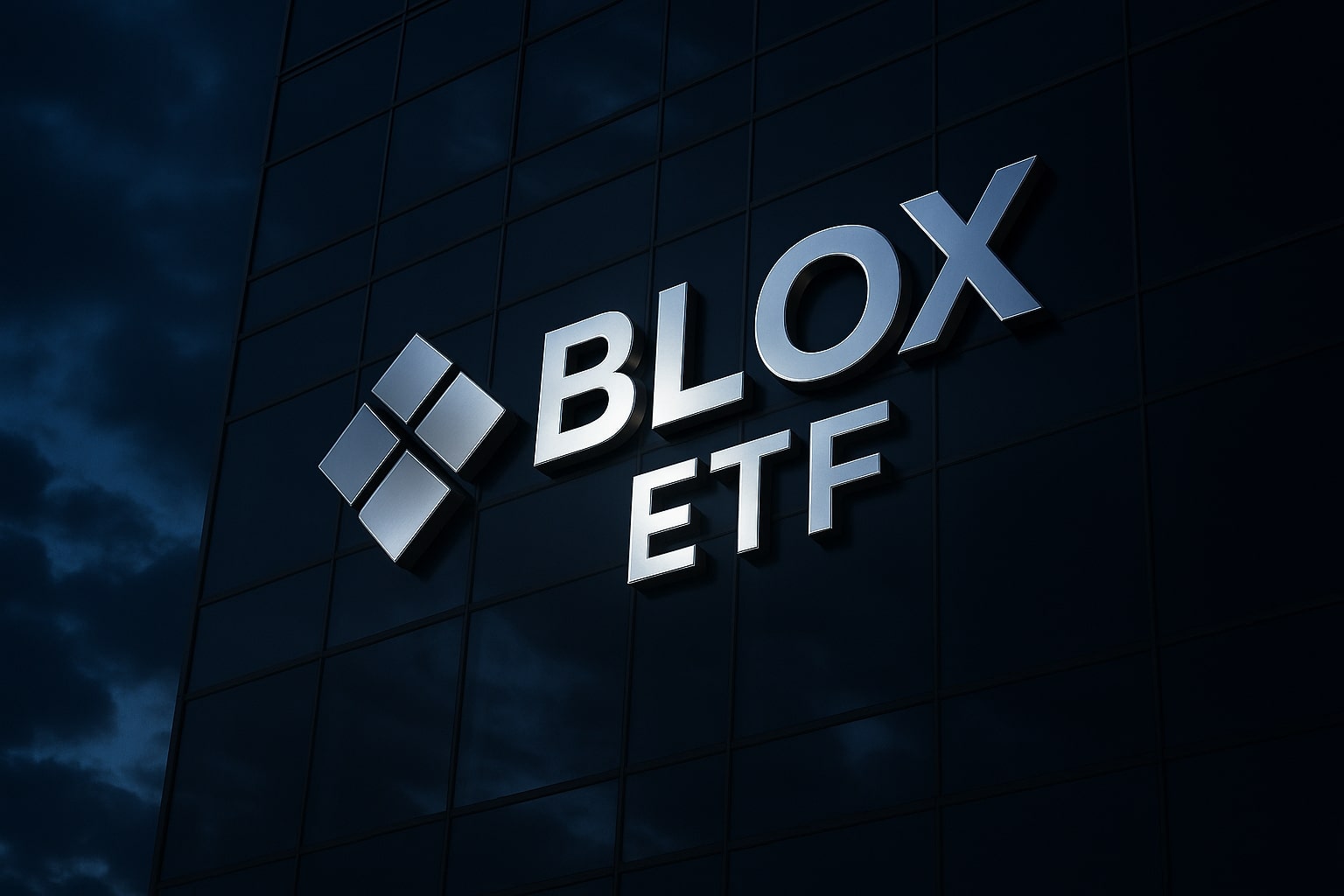
Ethereum Price Forecast - ETH-USD Holds $4,300 as $30B ETF Demand and Fusaka Upgrade
ETH trades near $4,339, resilient after a $433M liquidation wave and $8.5M ETF outflow, with BlackRock’s $22.46B crypto exposure, 12.47M ETH held institutionally, and the upcoming Fusaka upgrade driving optimism for a $6,500–$7,000 price range by early 2026 | That's TradingNEWS
Ethereum (ETH-USD) Holds the $4,300 Line as Institutional Demand, Fusaka Upgrade, and Whale Accumulation Define Its Next Move
ETH-USD Defends Critical $4,300 Support Amid $433 Million in Long Liquidations
Ethereum’s market structure has faced an intense test in October trading, with ETH-USD hovering near $4,325, down roughly 5.6% on the day and nearly 8% off its monthly peak of $4,738. Despite short-term selling pressure, the pair remains resilient at the $4,300 threshold—a line that has attracted deep-pocketed buyers repeatedly since early October.
Recent on-chain liquidation data shows more than $433 million in long positions wiped out across exchanges, pushing total crypto liquidations beyond $590 million within 24 hours. Yet, open interest in Ethereum derivatives remains high at $28.5 billion, revealing traders are still aggressively positioned for volatility rather than capitulation. The Fear & Greed Index at 64 (Greed) signals optimism despite corrective movement, aligning with strong ETF participation earlier this quarter.
Institutional Accumulation Rebuilds as BlackRock and Standard Chartered Reinforce ETH Exposure
Institutional inflows have been the cornerstone of Ethereum’s renewed strength in 2025. Spot ETH ETFs, which briefly paused their inflow streak, still command over $30 billion in combined assets. Institutional treasuries and funds collectively hold about 12.47 million ETH, roughly 10% of total circulating supply, a figure unmatched by any other Layer-1 blockchain.
BlackRock’s $22.46 billion crypto exposure includes a heavy Ethereum allocation, while Standard Chartered reiterated a $7,500 price target into 2026, citing the asset’s structural network upgrades and consistent burn mechanics under EIP-1559. Meanwhile, Bit Digital expanded its corporate holdings to 150,244 ETH, worth approximately $652 million, underscoring confidence in Ethereum as a yield-bearing treasury asset following the staking upgrade cycle.
Whale Activity and ETF Dynamics Signal Long-Term Accumulation
While short-term traders rotate capital amid profit-taking, large Ethereum holders have been quietly adding to their balances. Whales accumulated over $1.4 billion worth of ETH through BlackRock’s ETHA vehicle in early October, a sign of conviction ahead of the upcoming Fusaka upgrade. This level of buying activity mirrors pre-Merge accumulation trends in 2022–2023, when institutions positioned before major network transitions.
The current trading corridor between $4,000 and $4,700 remains the prime accumulation zone, supported by consistent ETF demand and whale inflows. Although $8.5 million in ETF outflows briefly pressured prices this week, the decline was limited, confirming that liquidity continues to rotate rather than exit.
Fusaka Upgrade and PeerDAS Data Sharding Aim to Multiply Scalability
Ethereum’s next major technological milestone—the Fusaka upgrade scheduled for December 3, 2025—marks the most ambitious step since the Merge. The protocol will raise the block gas limit from 45 million to 150 million, tripling the number of transactions processed per block.
This upgrade also introduces PeerDAS data sharding, a system expected to increase scalability by up to eightfold and dramatically reduce costs for Layer-2 rollups and dApps. With the integration of this upgrade, transaction throughput could rival centralized networks, potentially slashing average gas fees to one-tenth of current levels. Developers have already begun adapting their architectures to leverage the incoming bandwidth, suggesting a rapid shift toward higher on-chain activity in Q1 2026.
Privacy Cluster and Layer-2 Ecosystem Expansion Strengthen Ethereum’s Core Narrative
The Ethereum Foundation’s newly formed Privacy Cluster, composed of 47 cryptography specialists, is reshaping Ethereum’s roadmap by embedding privacy as a formal design pillar. Led by core coordinator Nicolas Consigny, the initiative focuses on privacy-preserving proofs for payments, identity, and enterprise data. Vitalik Buterin publicly supported the project, emphasizing that Ethereum’s long-term sustainability depends on balancing transparency with security.
Simultaneously, Layer-2 networks like Arbitrum, Optimism, and Base have seen record user growth since the deployment of EIP-4844. Their combined daily transactions exceed 6 million, a 70% increase quarter over quarter. These sidechains now absorb the majority of DeFi and NFT interactions, amplifying Ethereum’s scalability without diluting its mainnet economics.
Read More
-
BLOX ETF (NYSEARCA:BLOX) Holds 36% Yield at $18.64 — Oversold Levels Signal Recovery Potential
01.12.2025 · TradingNEWS ArchiveStocks
-
XRP ETFs (XRPI, XRPR) Drop Sharply as XRP Slides to $2.04 After 21Shares Launch Delay
01.12.2025 · TradingNEWS ArchiveCrypto
-
Natural Gas Price (NG=F) Surges Above $4.80 as Cold Temperatures and Record LNG Exports
01.12.2025 · TradingNEWS ArchiveCommodities
-
USD/JPY Price Forecast - Dollar to Yen Slips Below 155.00 as BoJ Signals December Rate Hike
01.12.2025 · TradingNEWS ArchiveForex
Technical Landscape: Rising Channel Holds as RSI Cools, Setting Stage for Next Move
On the daily chart, Ethereum remains within a defined ascending channel stretching from the March lows near $3,200 to current levels above $4,300. The price briefly tested resistance near $4,800, triggering a bearish divergence on RSI and a minor Market Structure Shift (MSS) on the 4-hour chart.
The RSI now sits at 49, indicating cooling momentum but no structural breakdown. The 100-day moving average at $4,000 and the 50-day EMA near $4,150 form immediate dynamic supports, while the top boundary of the current range sits between $4,700–$4,900. A confirmed breakout above $4,900 could target $5,500–$5,800, aligning with Fundstrat’s projection of $5,500 by mid-October. Failure to defend $4,000 would open a slide toward $3,400, the next deep liquidity zone.
Network Fundamentals and Staking Economics Reinforce Supply Constriction
Staking continues to be a defining factor in Ethereum’s post-Merge era. Over 33 million ETH are locked in staking contracts, effectively removing about 27% of total supply from circulation. Combined with the ongoing burn mechanism—approximately 1,800 ETH destroyed daily through gas fees—the net issuance remains negative during periods of elevated network usage.
This deflationary dynamic amplifies Ethereum’s long-term price elasticity. As more institutional investors participate in liquid staking derivatives and ETFs, supply shock scenarios could resurface, particularly if new inflows accelerate post-Fusaka upgrade.
Macro and Market Correlation: ETH Retains Leadership Against Broader Crypto Pullback
Despite the broader crypto correction, Ethereum has outperformed most altcoins, holding steady against Bitcoin’s dominance rebound. ETH/BTC remains near 0.0355, reflecting strong relative positioning even as BTC consolidates around $121,000. The correlation between ETH and U.S. equities remains moderate at 0.42, indicating partial decoupling as institutional inflows diversify exposure beyond macro risk proxies.
Market volatility remains tied to ETF flows and global liquidity cycles. With gold prices retreating below $4,000, capital rotation into digital assets has started to reappear. Ethereum, as the primary smart contract platform, is positioned to capture much of that redirected liquidity heading into Q4.
Outlook and Target Projection: $6,500–$7,000 Within Reach if Fusaka Rollout Succeeds
Current projections across institutional desks map Ethereum’s next resistance cluster at $5,000, followed by an extended target range of $6,500–$7,000 if macro conditions stabilize and staking inflows remain positive. The alignment of network upgrades, deflationary mechanics, and corporate adoption creates one of the most favorable multi-quarter setups since 2021.
As of now, Ethereum trades at $4,339, representing a year-to-date gain of 63%, and continues to anchor more than 60% of total DeFi TVL worldwide. ETF exposure, staking yield, and Layer-2 expansion remain the dominant catalysts that could drive a structural breakout toward the $6,000 mark before year-end.
Final Assessment: ETH-USD Rated BUY — Technical Support, Institutional Flow, and Deflationary Supply Align for Q4 Upside
Ethereum’s ability to defend the $4,300 zone amid market-wide deleveraging demonstrates underlying strength. With the Fusaka upgrade poised to multiply throughput and institutional exposure deepening through ETFs and treasuries, the medium-term trajectory remains decisively bullish.
Short-term volatility may persist between $3,900 and $4,800, but the combination of deflationary tokenomics, whale accumulation, and on-chain expansion reinforces Ethereum’s position as the cornerstone of decentralized infrastructure heading into 2026.
The risk-reward balance favors accumulation on dips, with a 12-month target range of $6,000–$7,000.
Verdict: BUY (Bullish bias maintained; strong support $4,000, breakout potential $7,000).

















